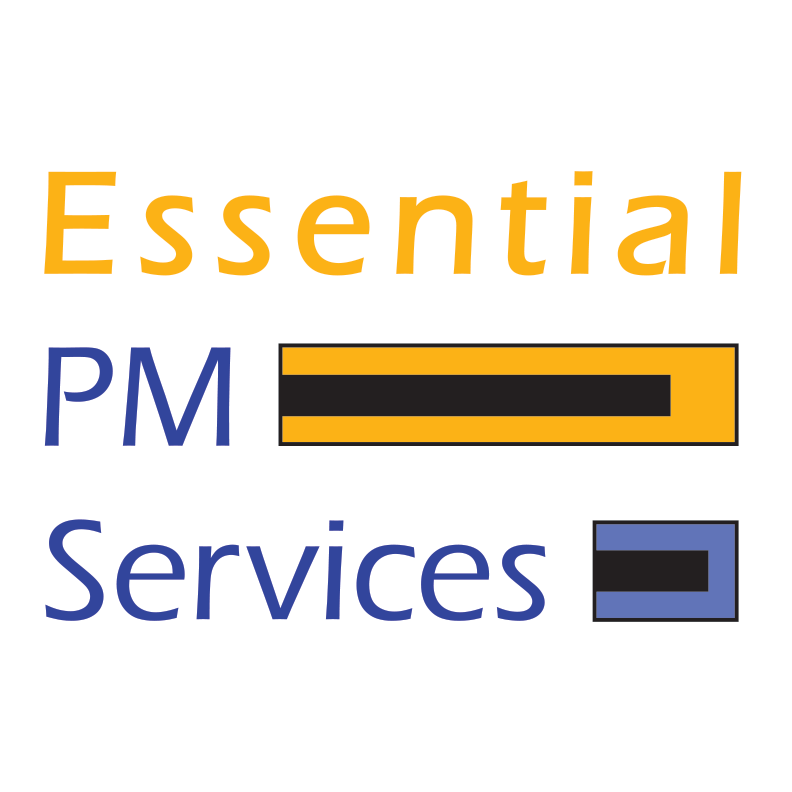Since late last century, tech companies have excitedly announced that developers are not needed to create end user applications. How could this be? The evolution of low-code, no-code development platforms is how. In the early days, the pitch was that “even a Business Analyst could set up your system”. Today, the key term is “citizen development”. The theme is still the same: Why spend time and money hiring a development team, when you can purchase a citizen developer platform, and reduce the need for practically all of the development squad?
Note that I said, “practically all”. You still need someone to source your data and establish feeds where necessary. You may need a stored proc here or there, and maybe even a reporting tool if you want to collect metrics beyond what the out of the box platform provides.
What does this have to do with project services?
Low code no code development platforms are a different animal. Not quite Agile, and definitely not waterfall. A hybrid? That is hard to say. Iterative? Likely. They are…different.
Consider that someone needs to:
- Install the system, if it is on premises.
- Link your data sources to it.
- Develop the input form(s) and output(s).
- Develop the workflow(s).
- Define the calculations and data integrations, then develop them.
- Configure user access and roles.
- Test the configuration and impacts on downstream systems and processes. The system does not test itself.
Lest we forget, someone needs to define what they want, how it should work, and what purpose it serves. And probably provide a deadline or moderately flexible go live date.
In other words, standing up and developing within a citizen developer framework is still a project, governed by all the practices of project management. A problem or opportunity statement is needed. Business process analysis is highly recommended. Stakeholder engagement is a must. Resources will be assigned – and those resources need to learn a whole new interface and development technique. (Is it a language? No. Is it something loved by true developers? Not really. Remember: This framework is supposed to mitigate the need for their services.)
The approach to gathering requirements and defining a solution does not change much; you still need to determine what is needed, and how to structure it within the platform. Stakeholder analysis changes a little; remember, your project team may include developers who begrudgingly participate in the initiative.
Scheduling becomes a bit more iterative. You may start with a foundational build which extends 6-8 weeks, maybe longer depending on team learning curve and complexity of the initial structure. After that, sprints may work if they are structured and a cadence is promoted and followed. Aggressively packing as much as possible into a two-week sprint will only require adding more two-week sprints.
Many low code no code development platforms are workflow-oriented. Developing the whole process in one chunk could bite you if stakeholders want significant changes to the front-end of the process, and your team has spent weeks or months trying to get everything perfect from the get-go. If you like frustrated stakeholders and developers, then use the waterfall approach!
Success requires active participation by the entire team. The first implementation of a citizen developer platform reveals the capabilities of developers to build a system, sponsors to understand the fluid nature of the build process, and users to learn a new platform and the system being implemented. One of the project manager’s key roles is keeping the team headed in the right direction. For a first project, choose something with a complexity and reach below 5 on a scale of 1-10. You will thank yourself later.
Beyond that, you have a normal project: Risks to scope and schedule, competing priorities, resource conflicts, and a sponsor who wants to see a positive return yesterday. Situation normal, right?
In all, citizen developer platforms have their place, and can be an effective tool in your IT toolkit. I implemented document assembly, staff evaluation, and personnel workflow projects to varying degrees of success, and respect the perspectives of the developer, end user, project manager, and sponsor. Expect citizen developer platforms to bring new capabilities to your organization, as long as you follow solid project management practices to implement them.
